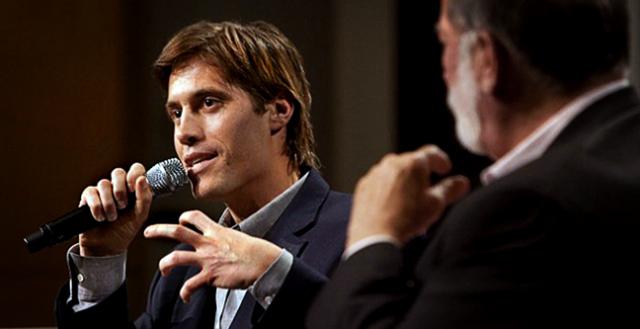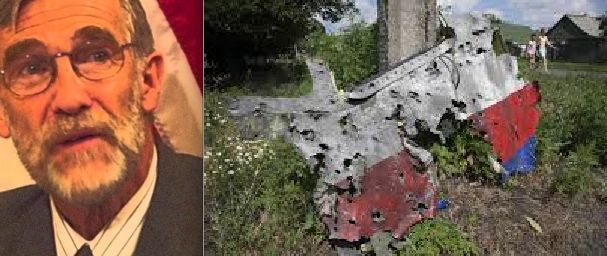Flash! The US has re-invaded Iraq!
The actual invasion has been a two-month-long stealth process, beginning in mid-July, when President and Commander in Chief Barack Obama ordered some 800 US troops sent to that country in response to the growing battlefield success of fighters with the Islamic State of Iraq and Syria (ISIS), a group initially trained and funded covertly by the US, which intended for ISIS to topple Syria’s leader Bashar al Assad, only to have the group decide it wanted to attack Iraq and behead US journalists instead.
This force of 800, which at the time was said to be “assessing and advising” Iraqi forces as the Iraqi military battled ISIS, was then enlarged by the addition of another 130 “advisors” who were sent to northern Iraq a month later on August 13, and finally by another influx of 20 Marines flown in to Mt. Sinigar and finally by 350 troops flown in yesterday under cover of darkness, allegedly to “protect” the US Embassy compound in Baghdad.
That brings the total of US troops known to have invaded Iraq this summer to 1300, which slightly more than the 1000 troops that the US claims Russia has secretly slipped over the border into Ukraine to invade that embattled country of 54 million.
So now we supposedly have two invading armies invading countries in western Eurasia — Russia in eastern Ukraine and the US in Iraq — though the US has been fighting much more aggressively with the use of attack drones and aerial bombardment as well as ground troops.
Neither country has admitted that it has invaded a sovereign country, though the evidence is clearly otherwise, at least in the case of the US in Iraq. (In the case of Russia’s “invasion,” the evidence is scant, either because it doesn’t exist or because the Russians are just so good at stealth invasions nobody’s seen them.)
 As this photo of US troops preparing to fly back into Iraq from Kuwait show, the US stealth re-invasion of that country is underway. Russia’s invasion of Ukraine in contrast has been much stealthier, with photo evidence hard to find. The best stuff on offer provided by the US has been alleged satellite images of Russian equipment said to be over the border, but as these look more like screen shots of videogames, they are not very convincing. Perhaps the US should be taking lessons from the Russians about stealth techniques.
As this photo of US troops preparing to fly back into Iraq from Kuwait show, the US stealth re-invasion of that country is underway. Russia’s invasion of Ukraine in contrast has been much stealthier, with photo evidence hard to find. The best stuff on offer provided by the US has been alleged satellite images of Russian equipment said to be over the border, but as these look more like screen shots of videogames, they are not very convincing. Perhaps the US should be taking lessons from the Russians about stealth techniques.









